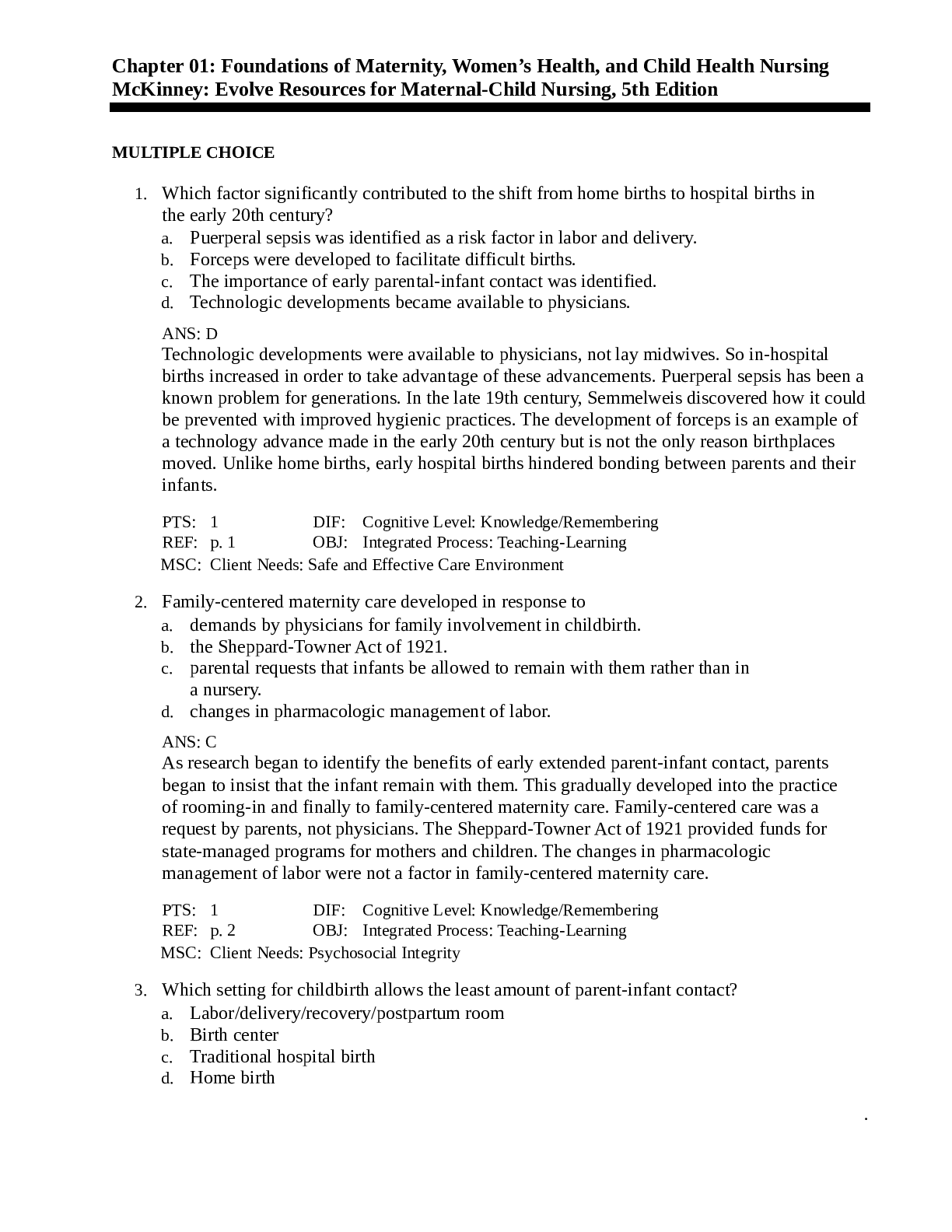Foundations of Maternity, Women’s Health, and Child Health Nursing : Evolve Resources for Maternal-Child Nursing,
Course
Project Management
Subject
Chemistry
Category
Questions and Answers
Pages
609
Uploaded By
ATIPROS
Preview 1 out of 609 Pages

Download all 609 pages for $ 15.00
Reviews (0)
$15.00
